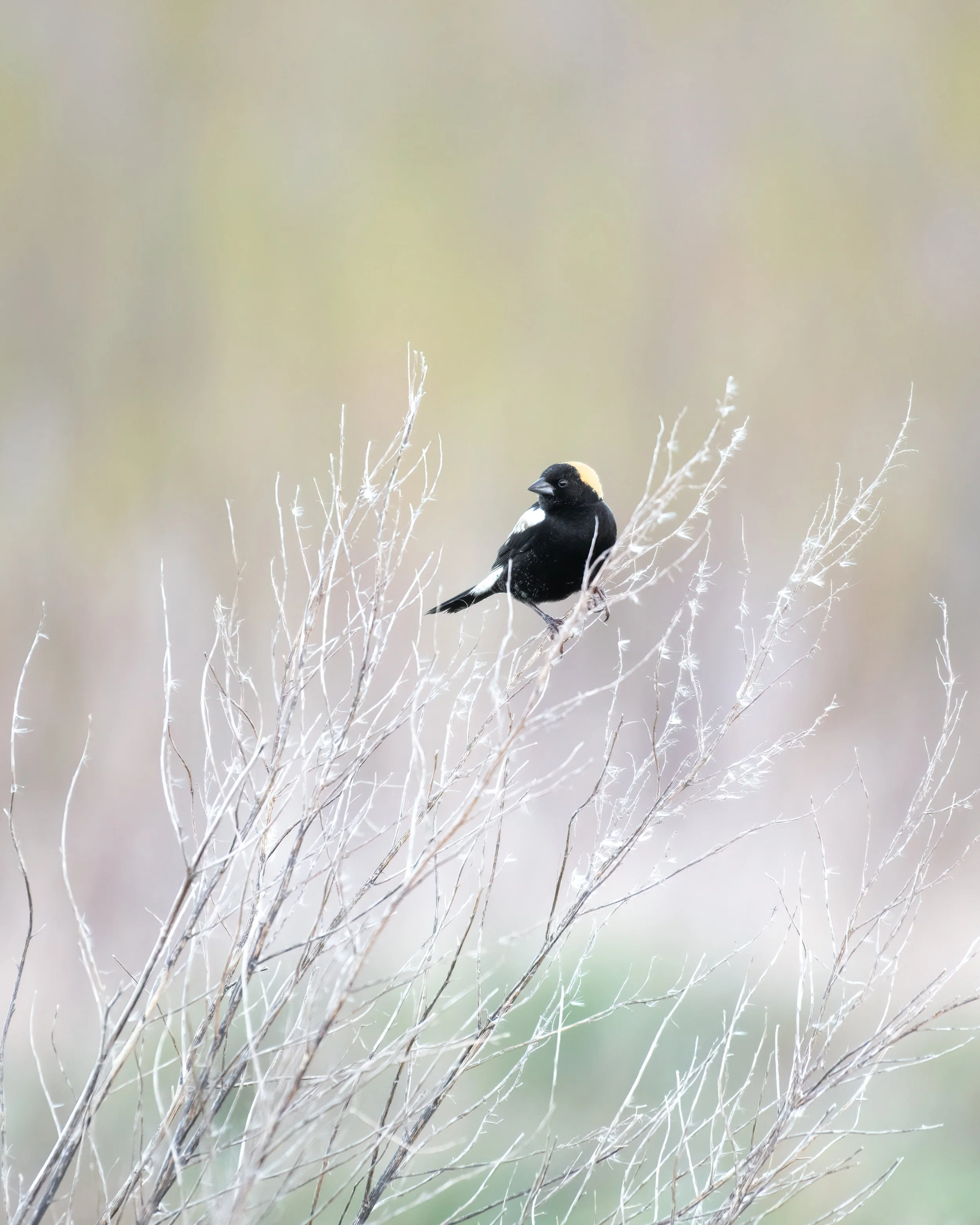MEET JEFF STEELE!
Faville Grove Sanctuary Land Steward from March 2025 to October 2025
Jeff along the coastline of Ecuador (photo courtesy of Jeff).
I’ve always been naturally curious about nature. Growing up near Fox Lake, Wisconsin, I spent my childhood exploring oak woodlands and marshes—turning over logs, fishing, and getting muddy. Not everyone in my family shared my enthusiasm. I still remember the time I asked my mom to “close her eyes and open her hand” before dropping a slimy bullfrog into it. She never fell for that one again. Or the day I proudly knocked on my grandma’s door with a snake wrapped around my arm—eager to show off my catch. She slammed the door before I could even tell her what species it was!
When I got to UW–La Crosse, I wasn’t sure what I wanted to study as a major. But I spent as much time as possible hiking the bluffs and coulees outside the city. Looking back, my major should have been obvious—nature has always been where I felt most grounded.
Everything truly clicked when I moved to Madison for my first job at the University of Wisconsin. I no longer had immediate access to roam the Driftless Area, but I found a perfect stand-in: the UW Arboretum. I was especially drawn to Curtis and Greene Prairies. I realized I had never really seen a real prairie before. I felt a strange mix of awe and anger, like I’d been denied part of our natural heritage. I became determined to learn everything I could about prairies and how to help restore them.
Why did you want to join the team at Southern Wisconsin Bird Alliance?
With pink lady’s slipper orchids (photo courtesy of Jeff).
After graduating from UW–La Crosse, I studied restoration ecology at UW–Madison and have been working ever since to give back to the land and share my passion with others. Over the years, I’ve spent many hours birdwatching at Goose Pond and botanizing at Faville Grove—two places that have always inspired me. I’ve been especially impressed by the restoration work happening at both locations. So when I heard that Faville Grove Sanctuary was looking for a land steward, it felt like a perfect opportunity to give back to the landscape that has given me so much—and to be part of a long tradition of stewardship.
What's your favorite bird?
I didn’t start off as a birder; I was more into plants. But once you start paying attention, birds are impossible to ignore. Their songs, their behaviors, their presence—everything they do brings a landscape to life.
It’s hard to pick just one favorite because each species is so unique. What I love most is what birds represent. A Bobolink signals a healthy grassland. A Red-headed Woodpecker tells me an oak savanna is nearby. A Snow Bunting reminds me the seasons are shifting. Birds are like living indicators—each one a clue to the broader health of the land.
Name your top three favorite outdoor places.
Hiking the North Country National Scenic Trail (photo courtesy of Jeff).
My favorite places are the ones where I feel most connected—where biodiversity is high and everything feels in balance. These are my three local sites:
Faville Grove Sanctuary (of course!): especially the bog ecosystems. I love bogs—their strange plants and how wild and inaccessible they are.
Greene Prairie at the UW Arboretum: a native prairie restoration project started by Henry Greene in the 1940s. Over the years, he hand-planted more than 130 species, creating one of the most impressive restorations I’ve ever seen.
Spring Green Preserve: sometimes called the “Wisconsin Desert,” this sand prairie has an incredible diversity of plants and wildlife. Every time I visit, I see a species I’ve never seen before. It has a wonderful, scenic blufftop trail that’s a great setting for a picnic lunch.
Share something cool you've learned since joining the team.
Nature is a good teacher—and every day brings something new. One of the most valuable lessons I’ve learned is the importance of slowing down. When you take the time to observe the subtleties of a landscape, you start to see how deeply everything is connected and begin to appreciate the ecosystem in its entirety.
Cover image: Bobolink perched on tall vegetation in a prairie (photo by Grayson Smith/USFWS).







